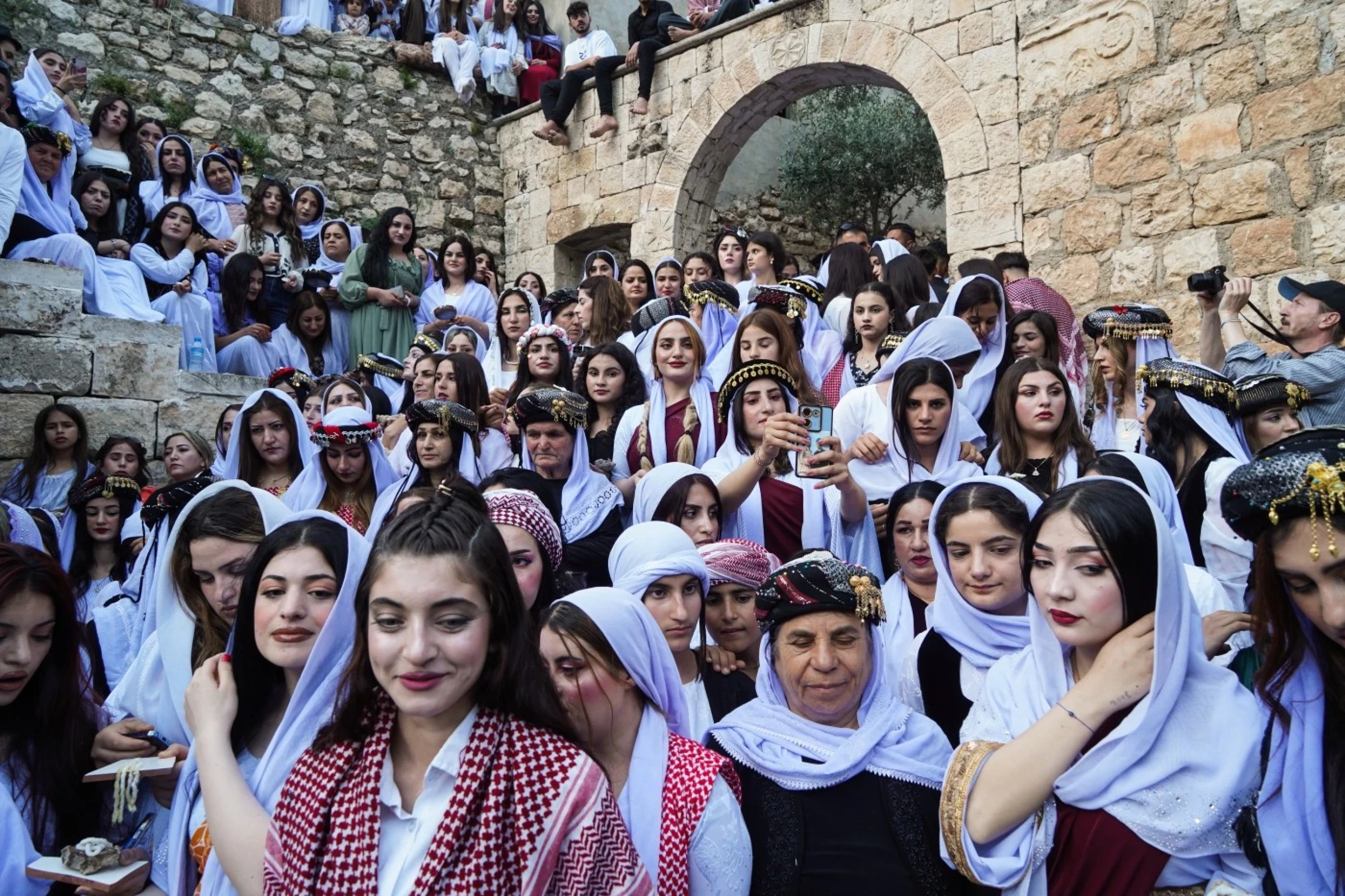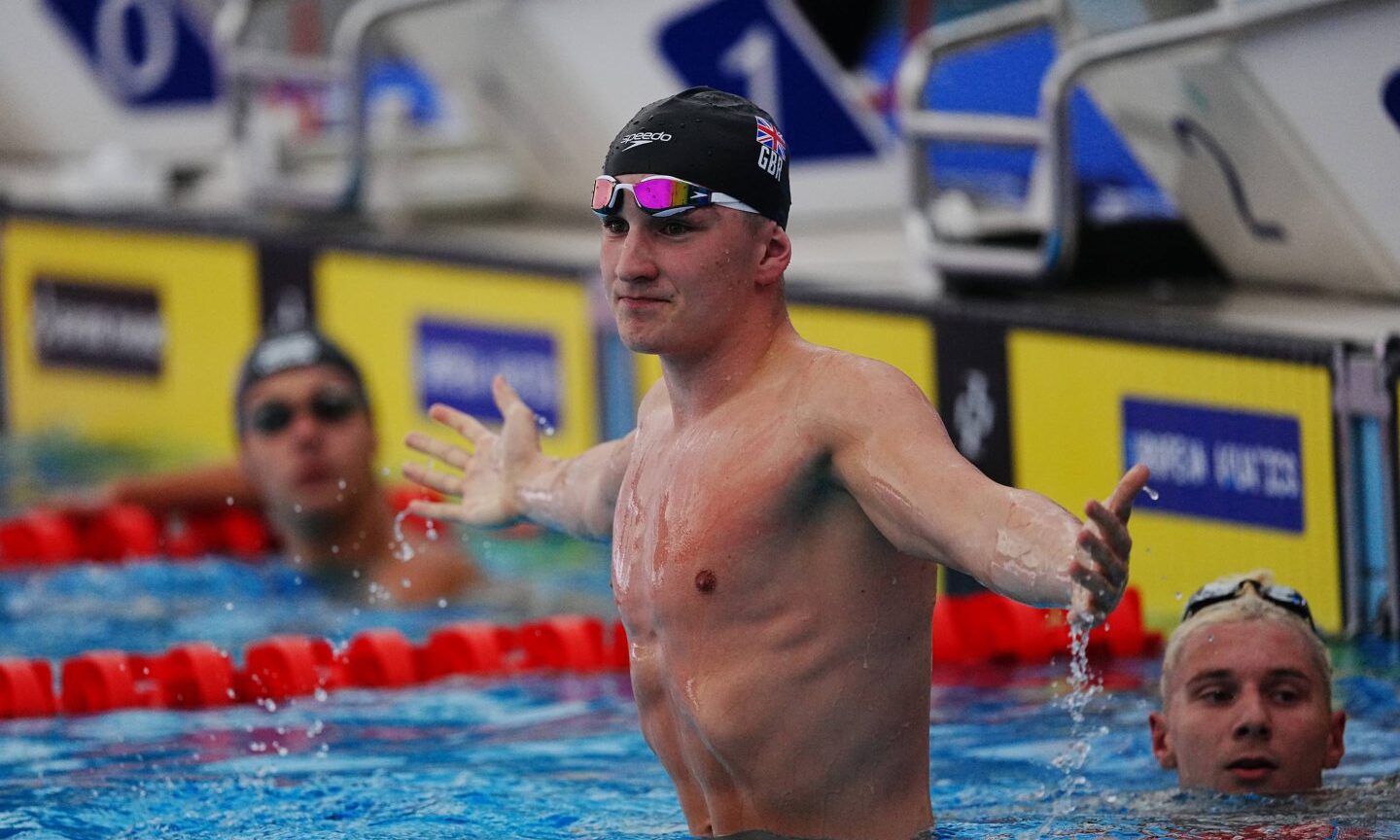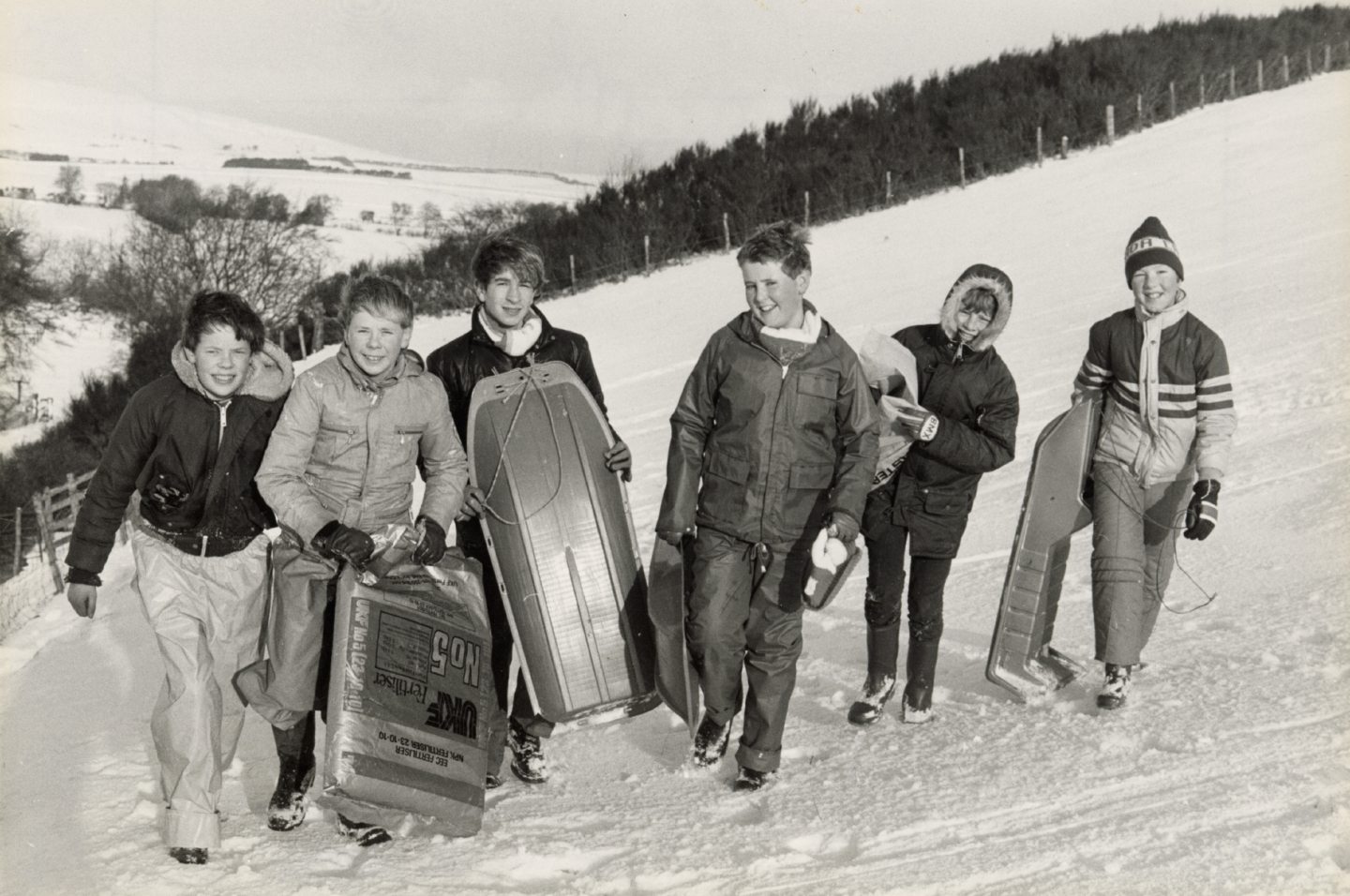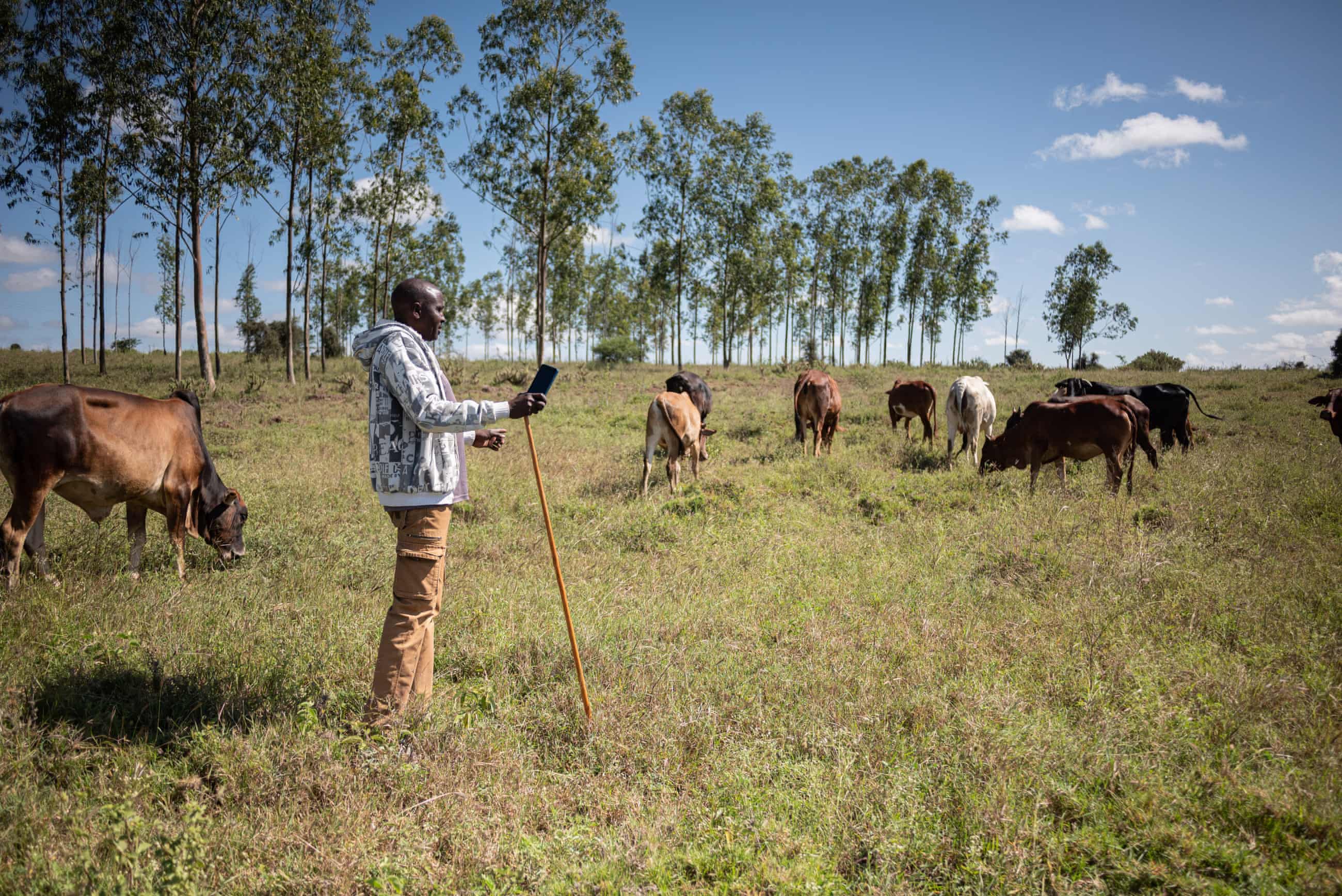The Duke of Richmond: ‘I don’t really do casual, it’s rather boring really’
The aristocrat and mastermind behind Goodwood on the sartorial touches that maketh the man

I have, it seems, fallen at the first hurdle. In a sumptuous meeting room within Dunhill’s Bourdon House, creaking with the kind of glossy wood panelling and scarlet damask silks you would expect from a deeply traditional private members’ club in the centre of Mayfair, I have committed the deeply untraditional faux pas of dressing sans tie. How frightfully downstairs, although I only realise it upon entry via the sentry at the door – the Duke himself is far too elegant and polite to mention (or notice). “My style ethos? Well it’s not casual,” says the immaculately attired Duke. “I don’t really do casual, it’s rather boring really. I never do this whole ‘jacket without tie’ approach, and I appreciate tailoring, well-made British clothing and things built to last.”
He’s created his own iteration of that in Goodwood, the historic West Sussex estate that has been in his family since 1697 – and has for generations been a hub of motoring activity, thanks to a race track that was built in the 1940s and restored by the current custodian in the 1990s; today Goodwood Festival of Speed and the upcoming Goodwood Revival spectacle attract hundreds of thousands of visitors each year. There’s also Goodwoof, a canine-focused affair spearheaded by the hound-mad Duke.
It’s also a marvellously, swaggeringly stylish spectacle to behold, particularly drinking in the glorious pageantry of Goodwood Revival, where the golden age of motoring comes to life – not just in the gleaming Morgans, Aston Martin DBs, Jaguar E-Types and Le Mans replicas that race past, but in the 1940s suiting, 1920s overalls topped with driving goggles or pin-up girl mechanics in overalls and hair buns, as the crowds get into the spirit.
Style is inextricably linked to Goodwood, and it’s something that the 70-year-old Duke – or Charles Gordon-Lennox, 11th Duke of Richmond, formerly Lord March – exudes himself, rakish and slender as a whip in his bespoke navy suit, sweep of patrician silver hair and gold Theo Fennell cuff-links glinting just so as he takes his place behind a hefty mahogany desk. “It’s marvellous to see everyone dressing up and enjoying it. We don’t police dress codes but we encourage people to embrace it, even if it’s just a trilby hat, and it creates a real sense of occasion; Americans come and can’t believe what they’re seeing.”
A sense of sartorialism runs through his veins and family connections: his mother, Susan Grenville-Grey, dabbled in dressmaking as a hobby, and his mother-in-law, Bronwen Astor (the mother of his wife, Janet), worked as a model and muse to Pierre Balmain, the French fashion designer, in the 1950s. But it’s his grandfather’s sense of gentlemanly dress that had a lasting effect on the Duke. “My grandfather always looked very chic when he was motor racing: he would drive in white overalls cinched with a big leather belt, always with a white shirt and a tartan scarf.” Marinella, the Neapolitan tie-maker extraordinaire, reiterated that the scarf – like the original, in the family Gordon tartan – be sold at Goodwood.
Marinella features heavily in the Duke’s own wardrobe in the form of ties, while for tailoring – he tends to wear a suit “pretty much every day” – he relies on Terry Haste of Kent & Haste (if you know, you know) for bespoke suits. “The whole process is a pleasure, and it’s the skill I’m fascinated by. He looks at you and just knows how to make the best of your frame; it’s something that takes years and years to acquire.” He’s aware that bespoke is a luxury, but there’s a practicality involved too: “It’s an investment, because you’ll wear it for ever, have it mended, et cetera. Some I have are 25 years old and doing better than I am sometimes.” Other components of his formal wardrobe include suits from Jeremy Hackett and coats from Connolly, alongside shirts from Budd.
When he’s on the Goodwood Estate in West Sussex battling the great British weather, the Duke errs towards Belstaff jackets and tweeds from the Islay Woollen Mill – “They are lightweight but substantial enough for any weather, and the great thing about tweed is the marvellous depth of colour you get.” In summer, he swears by light-toned linen suits, but in a weightier iteration of the flyaway fabric so that it maintains some structure and doesn’t crumple quite so easily.
His approach is mainly steadfastly traditional in how he dresses, but the Duke has been known to enjoy a bit of sartorial peacockery now and again; he has a suit jacket lined in vintage Hermès scarves, crafted for him by Terry Haste (how’s that for a stealthily discreet power move as you slip the jacket off in Rules or Mark’s Club?), and for Goodwood’s legendary Regency Ball he has embraced the various themes. One year, for a Batman-themed bash, he dressed as Jack Nicholson’s Joker; it so happened that Terry Haste made Nicholson’s suits for the 1989 film, so he was in good hands. A narrowly cut, angular suit from 1980s and Nineties fashion designer Antony Price – who famously made Bryan Ferry’s suits during his Roxy Music era – has gone to one of his sons.
The Duke’s appreciation of craft and heritage – “I’m fascinated by the artisanal skill of shoemaking, it’s something I’d love to try to learn myself” – is something he has passed on to his sons, in addition to some sartorial heirlooms. “My sons wear my father’s shoes, which is rather nice, and there’s definitely a bit of pilfering that goes on – some of my suits and shirts can go missing. But it’s a pleasure as well, and I like that things are passed on. Revive and thrive: shoes – like cars – should be lovingly looked after and restored.” He has recently spearheaded an initiative at Goodwood to embrace vintage fashion in a shift towards sustainability, which also happens to chime with the retro appeal of the Revival. I know where I’m going tie shopping.
[Source: Daily Telegraph]





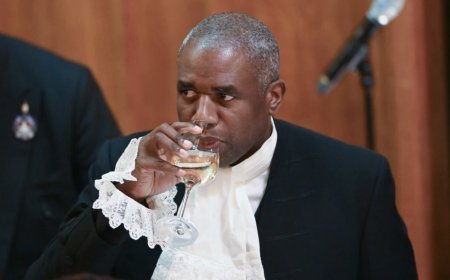







/file/attachments/orphans/rebecca-hague-mothers_864112.jpg)

